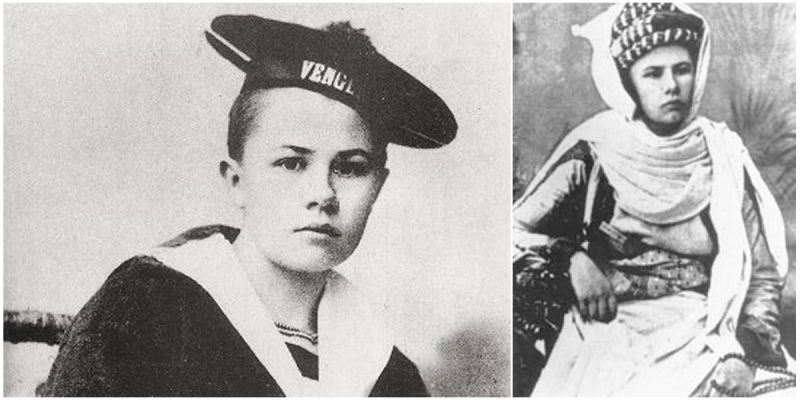Isabelle Eberhardt was a Swiss explorer and writer who lived and traveled in North Africa. Educated by her father in Switzerland, she published short stories as a teenager under a male pseudonym, Nicolas Podolinsky. In May 1897, upon invitation, Eberhardt relocated to Algeria where she dressed as a man and converted to Islam.
She adopted the name Si Mahmoud Saadi and because of her unorthodox behavior she became a social pariah among the European settlers in Algeria and the French administration.
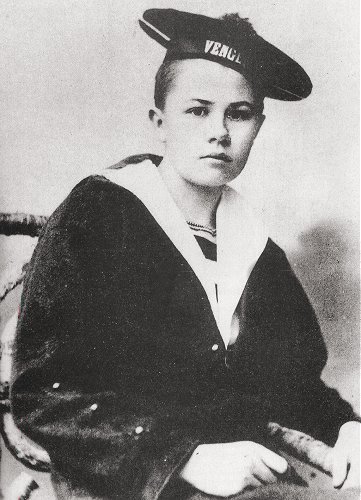
She was born in Geneva to Alexandre Trophimowsky, a former Orthodox priest turned atheist, and his wife Nathalie Moerder. She was home schooled by her father, who forbade her to learn anything he had not approved. Isabelle dressed and disguised herself as a boy and her father did not discourage this, as he had come to believe in nonconformity in general.
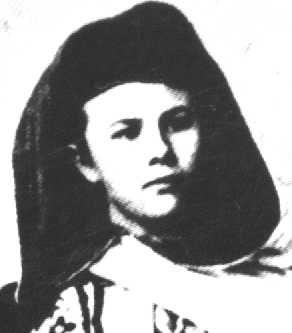
In November 1895, Eberhardt was invited to Bone, Algeria to visit the Algerian–French photographer Louis David. He was fascinated by her story Nouvelle Revue Moderne in which she depicted religious life in North Africa.
She and her mother traveled there in 1897 and they lived with David’s family. After a while, Eberhardt and her mother rented an Arabic-style house far out of the European quarter. She dressed as a man , wearing a burnous and turban, appreciating that a Muslim woman could neither go out alone or unveiled. Both of them converted to Islam and Eberhardt published stories in the local French papers. After her mother’s death, she devoted herself to the Muslim way of life.
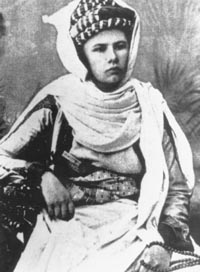
After her father’s death, Eberhardt considered herself to be free of human attachments and able to live by choice as a vagabond. Then she relinquished the name of her mother and adopted the name Si Mahmoud Saadi. From this moment on, she only spoke and wrote as if she was an Arabic man. When she was asked why she would dress as an Arabic man she always replied that was impossible for her to do otherwise.
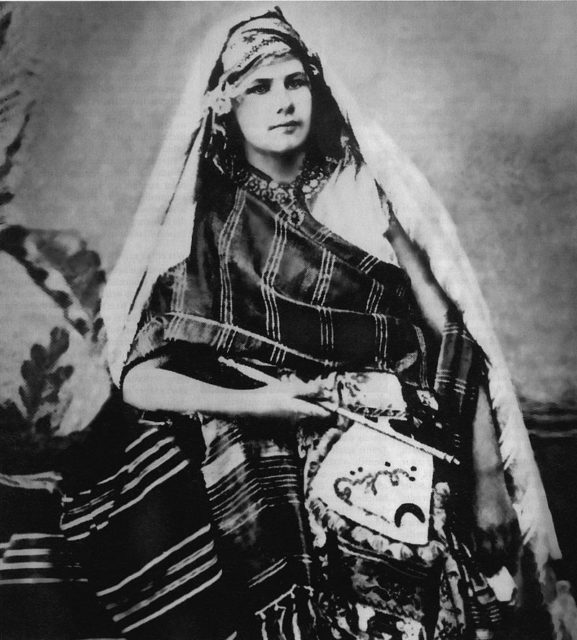
She was running out of funds and set out for Paris where she intended to become a writer. She met the widow of Marquis de Mores, who had been murdered by Tuareg tribesmen in the Sahara.
The widow offered to pay for Eberhardt to go and investigate the murder because she was very familiar with the area. She accepted the offer and in 1900 she was back in Algeria, settled in El Oued.
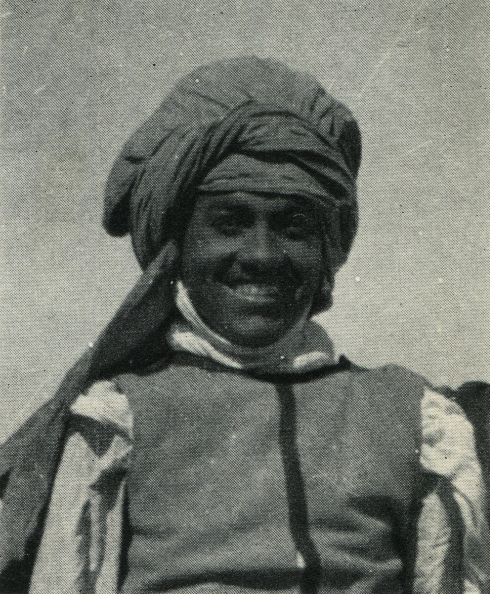
During her stay, she met the Algerian soldier Slimane Ehnni who became her husband. She had a difficult problem with the French authorities because she dressed as a man and because she made a contact with a Sufi order, the Qadiriyya.
The French authorities were convinced that she was a spy and they placed her on a widely circulated blacklist.
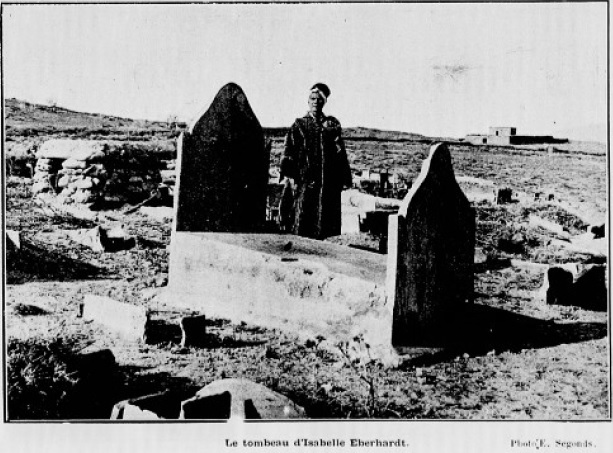
After a lot of difficulties Eberhardt and her husband rented a small mud house in 1904. The following day a flash flood struck the area and Eberhardt was killed. She was buried in Ain Sefra and had a marble tombstone placed at her grave, which was engraved with both her adopted Arabic names and her birth name in French.
